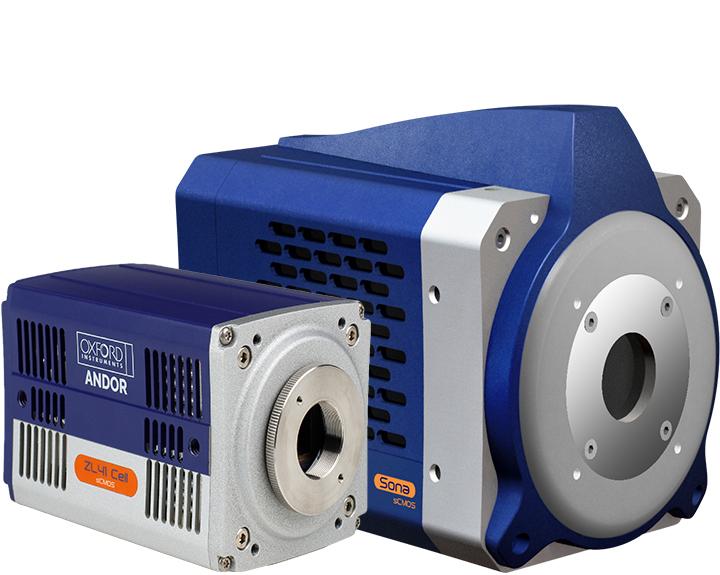Resources
 Part of the Oxford Instruments Group
Part of the Oxford Instruments Group
Expand
Collapse
Andor's range of high-performance imaging microscope cameras are suited to a wide variety of microscopy applications, from extremely challenging single molecule tracking to routine wide-field fluorescence microscopy. With an ever-expanding product portfolio, we have your application covered, whether your samples are fixed or living, large or small, static or dynamic.

Our flexible and field-proven photostimulation tools are ideal for use across a range of applications.

We offer a comprehensive range of customisable products for OEM and industrial use, enabling customers to integrate into a wide variety of configurations for existing devices and those in development. The experience and expertise of our design, manufacturing, account management teams ensures that you are in safe hands.
Request Pricing Learn MoreThe Learning Centre hosts a wide range of case studies, technical articles and webinars on various applications and spectroscopy techniques. Here are some key articles for further reading: